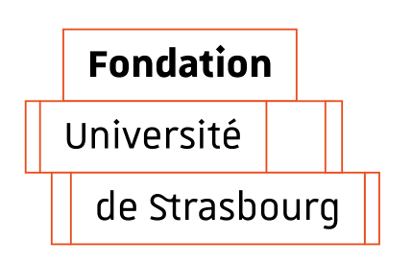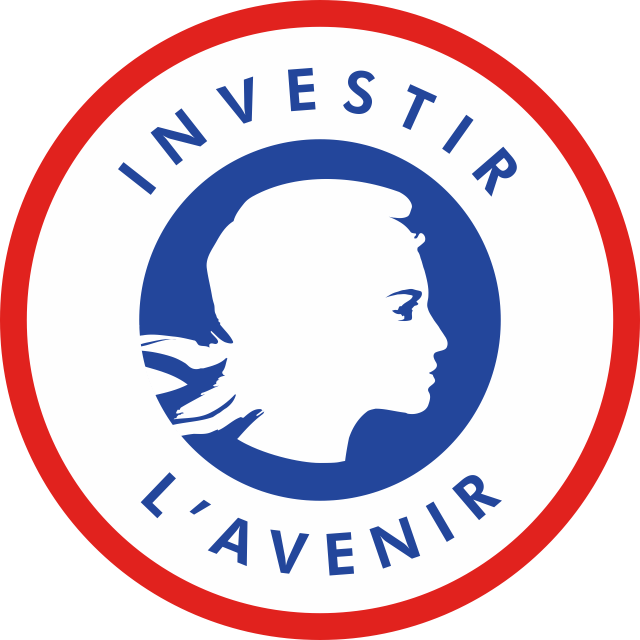Well logging and applied petrophysics
- Cours (CM) -
- Cours intégrés (CI) 15h
- Travaux dirigés (TD) -
- Travaux pratiques (TP) 21h
- Travail étudiant (TE) -
Langue de l'enseignement : Anglais
Description du contenu de l'enseignement
The course will focus on the characterization of petrophysical properties from the analysis of well logs, in connection with petrophysical data acquired in the laboratory. After an introduction on well logging including classical work-flows for log processing, the course will cover the estimation of the fraction shale volume from different logs (gamma-ray, density, neutron porosity and resistivity logs) and its calibration with laboratory data (thin section, XRD, etc.). In a second chapter, the course will turn to the estimation of porosity (total and effective porosities) from the “porosity” logs (sonic, density and neutron porosity). The impact of shale volume on the porosity estimation will be discussed as well as the strategy to be used, depending on the availability and the quality of logs. Eventually, the calibration of log derived porosity to core porosity acquired in the laboratory will be illustrated. The third chapter will cover the estimation of fluid saturation from the resistivity logs, based on Archie’s formula for clean rocks, on modified Archie’s formulae and clay models for shaly rocks. The last chapter will discuss the necessary match of log derived water saturation with saturation profiles from capillary pressures data, after the characterization of free water level and fluid contacts in the wells. Exercises on a real case study will help the students understanding the concepts and the computations, all along the course.
Compétences à acquérir
At the end of this unit, the student will be able to:
- Describe the main logging tools and their contribution to the characterisation of the subsurface
- Estimate the clay volume fraction of a formation
- Estimate the porosity (total and effective) of a formation by integrating logging and laboratory measurements
- Estimate the hydrocarbon saturation of a formation from logging and laboratory measurements
- Explain the process of calculating saturations in a reservoir model and the corresponding quality control
MASTER - Sciences de la Terre et des planètes, environnement






